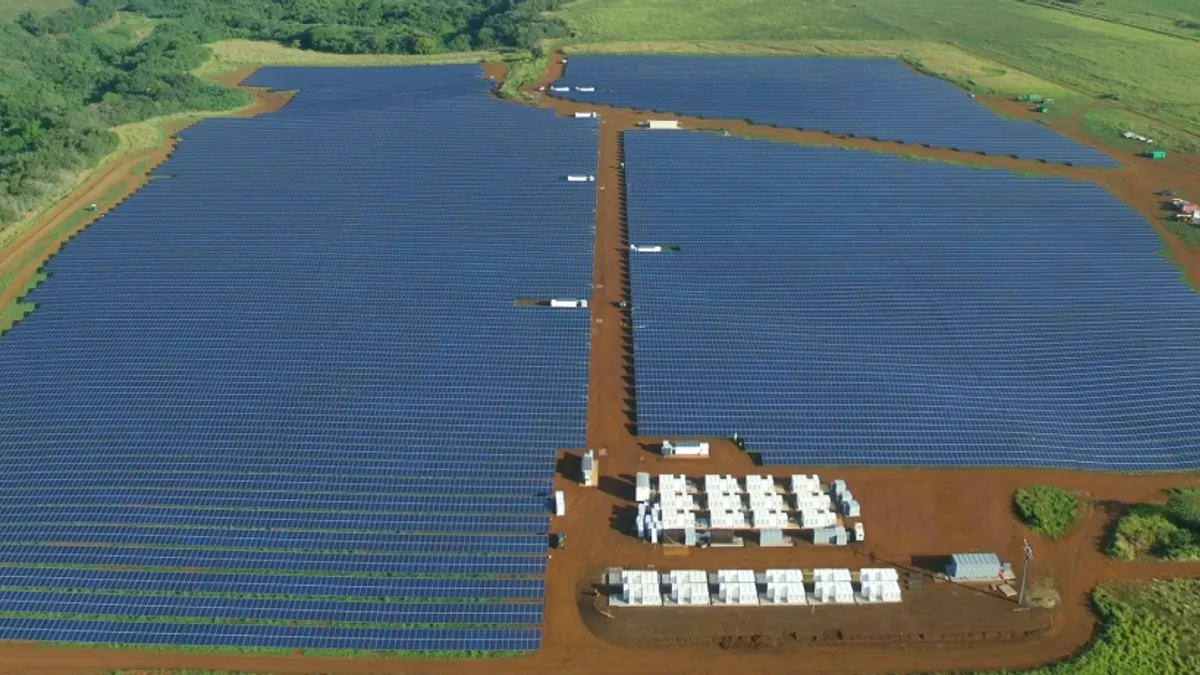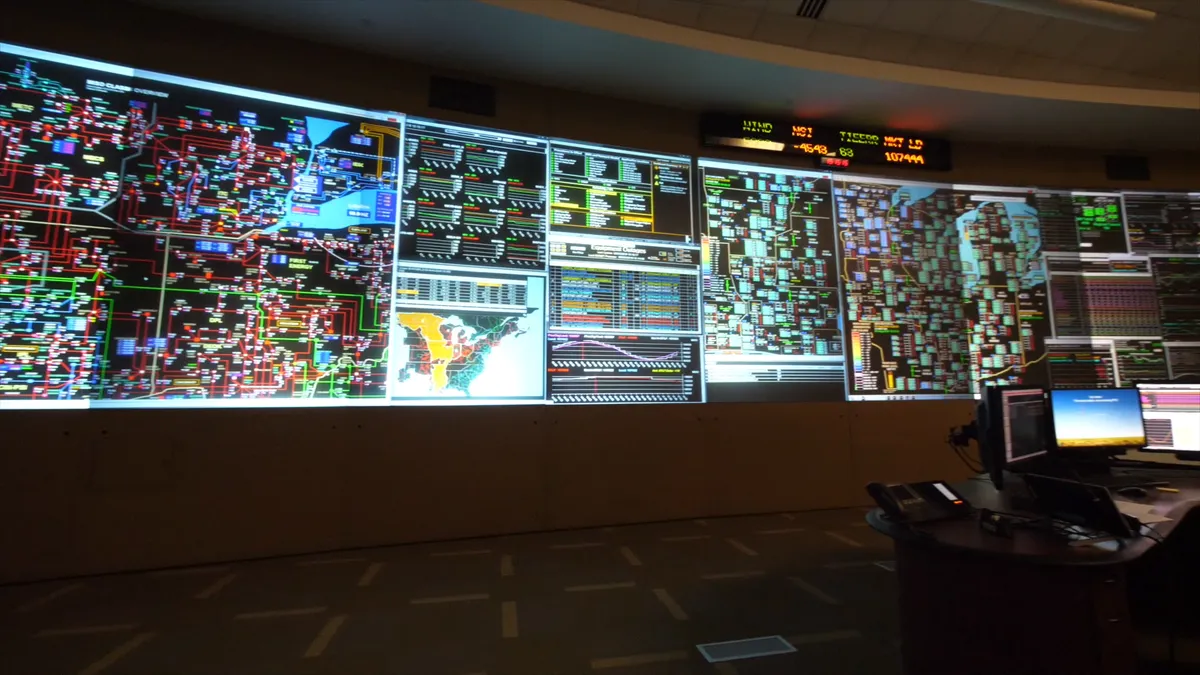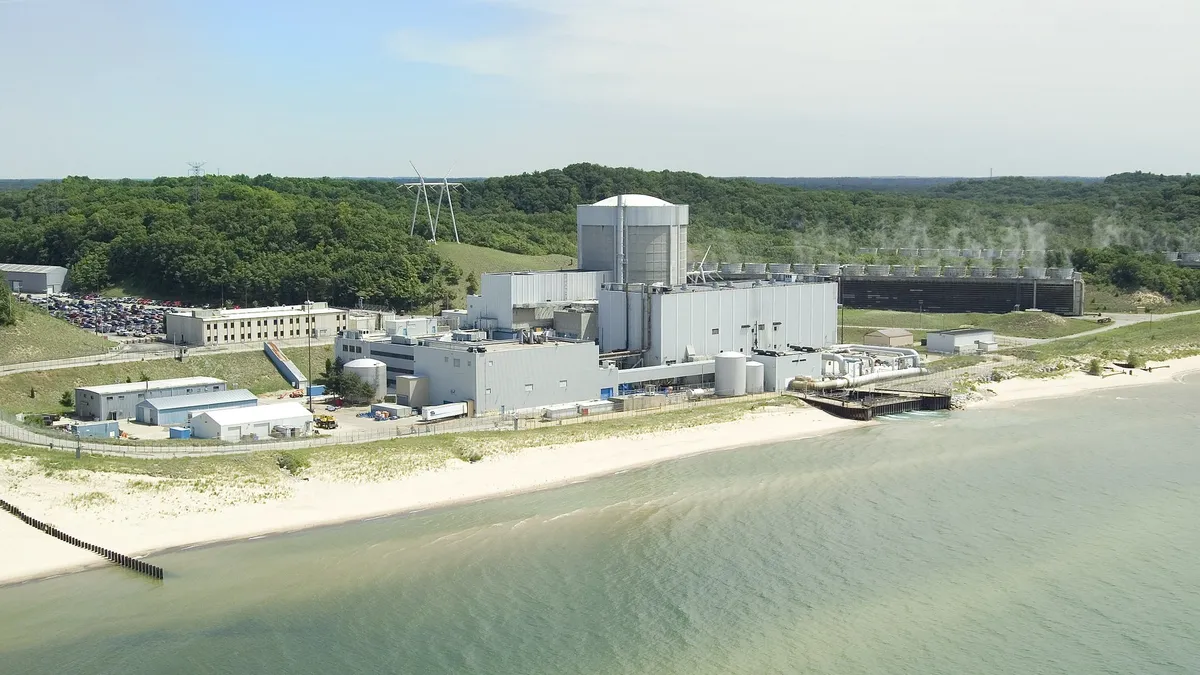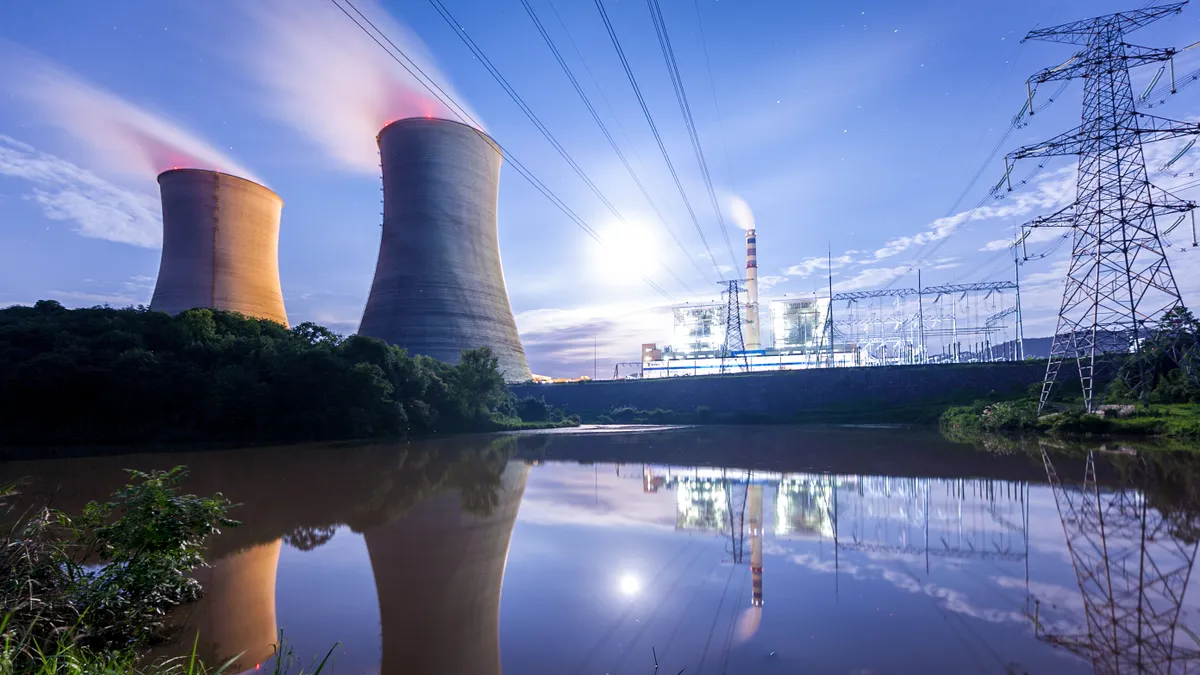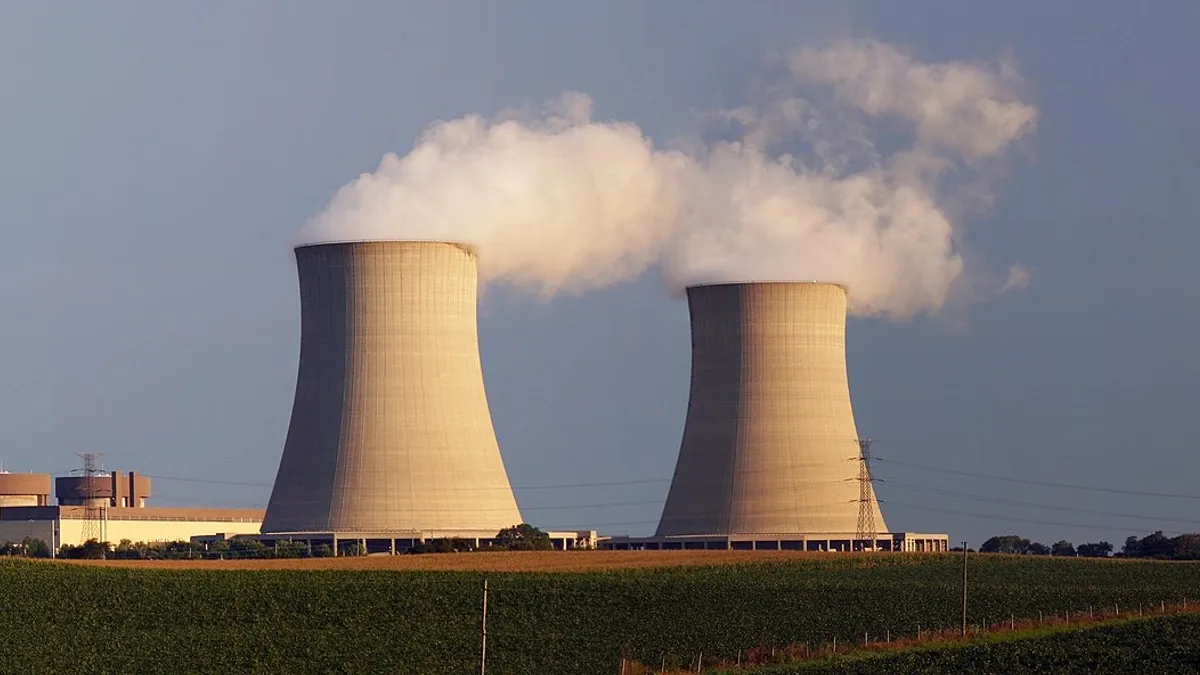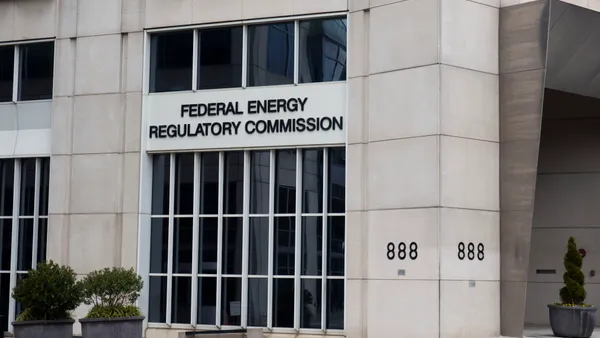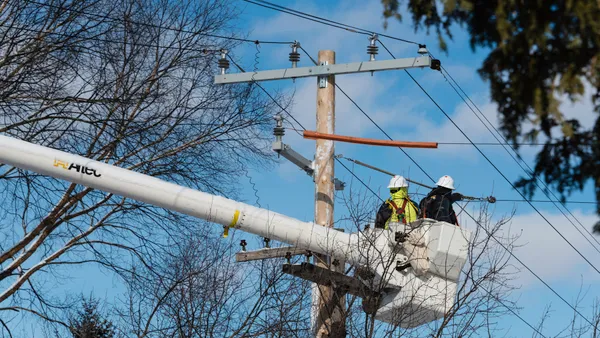Tucson Electric Power’s recently signed power purchase agreement for a solar-plus-storage project has been hailed for its low price, but it also signals a solution that could become more common as renewable energy grid integration problems grow.
TEP declined to reveal the exact pricing, but the all-in cost for the solar-plus-storage project is “significantly less than $0.045/kWh over 20 years,” said Carmine Tilghman, senior director for energy supply at TEP. And, at under 3¢s/kWh, he says he believes the solar portion of the PPA is “the lowest price recorded in the U.S.”
The project, which is being built by NextEra Energy, calls for a 100 MW solar array and a 30 MW, 120 MWh energy storage facility.
If the value of the available subsidies is backed out, the pricing on the project is probably closer to $0.09/kWh, but that “is still impressive,” says Jesse Jenkins, a PhD candidate at the Institute for Data, Systems and Society at the MIT Energy Initiative.
The previous low water mark for a solar-plus-storage project was $0.11/kWh, set in January for a PPA between the Kauai Island Utility Cooperative (KIUC) and AES Corp. for a project that combines a 28-MW solar array with a 20-MW, 100-MWh battery system.
For the Arizona project, Jenkins says the developer is likely banking on continuing cost reductions for both solar and storage technologies. Those assumptions are probably “baked into the bid,” says Jenkins.
NextEra Energy, the developer of the TEP project, did not respond to requests for comment by press time.
In the solicitation, issued in November, TEP was seeking 100 MW of solar power that could be in service by early 2019. TEP says the NextEra facility would boost its total “community-scale solar energy resources” by nearly 40% and help it meet a mandate to source at least 30% of its power from renewable resources by 2030. Under that mandate, TEP estimates it will add about 800 MW of renewable capacity by the end of 2030.
TEP spokesman Joseph Barrios says three of the finalist proposals received in response to the solicitation included a storage component.
Jenkins says continuing expectations for lower PV and storage costs will lead to solar-plus-storage projects becoming more competitive under current tax incentives and will probably lead to yet more projects. He expects to see similar projects developed elsewhere in the Southwest, as well as in California and Texas.
Ravi Manghani, director of energy storage at GTM Research, notes that there have been at least three other utility-scale solar-plus-storage projects signed in recent months.
In addition to the AES project, KIUC in March also brought online a 13 MW solar array backed up by 272 Tesla Powerpack batteries that can provide 52 MWh of energy. And in April, Salt River Project signed a 20-year PPA with NextEra Energy for the Pinal Central Energy Center near Coolidge that will combine a 20 MW solar array with a 10-MW lithium-ion storage system. Duration (MWh) specifications for the battery were not released.
“This is a sign of the improving economics of such projects, and their benefits to utility off-takers,” Manghani said.
From a developer’s perspective, Manghani says the ability to capture the 30% investment tax credit for both the solar and storage portions of the project is “paramount” and makes the economics of developing a combined facility more attractive than developing separate projects.
The ITC not only offsets 30% of the cost of the storage project, the developer also benefits because the combined interconnection and installation costs are arguably lower with co-installation.
The ITC can only be claimed for storage, however, if the battery array is charged at least 70% by an ITC-qualifying resource, usually solar. That can create another incentive to pair projects together.
Aside from declining costs, the other key component of the TEP deal is the utility’s changing resource mix. TEP recently stopped burning coal at its H. Wilson Sundt station in Tucson and plans to retire 170 MW of coal-fired capacity when unit 2 at the San Juan plant in New Mexico closes at year end. TEP is also looking at closing additional coal-fired capacity over the next 15 years.
In addition to the closure of coal plants – the utility plans to reduce its coal-fired capacity by 508 MW over the next five years – the integrated resource plan TEP filed with the Arizona Corporation Commission in April calls the expansion of the utility’s fleet of combined-cycle gas turbine plants, the addition of 200 MW of reciprocating engines and 200 MW of storage.
“All of this is to address our version of the ‘duck curve,’ which is far more exacerbated than the California curve due to the predominant feature of solar relative to other renewables,” says Tilghman.
The duck curve first attracted attention in California where it was used to describe the sudden need for quick ramping power to offset the rapid decline of renewable resources that can occur in the evening when solar power fades. But California has a greater variety of renewable resources – such as hydro, wind, biomass, and geothermal power – than Arizona, where solar power plays a more dominant role in the state’s renewable resource mix. That makes Arizona’s duck curve “far more dramatic,” Tilghman said.
Adding storage to the utility’s system provides the ability “to simulate load by allowing us to charge during the day and minimize the duck curve issues,” Tilghman says. But, he notes, storage does not solve all the problems associated with the duck curve.
Storage still has some “significant limitations to both peak shaving, which can easily be longer than four hours,” and to use if the battery has to cycle more than once a day.
Tilghman steers clear of comparing battery storage with peaking plants, which are often used to provide power during periods of peak demand. They are different products and “should not be compared with each other and as replacement for one another,” he said.
Tilghman also takes issue with the idea that the declining costs of solar-plus-storage facilities could provide a viable mechanism for proposals like a Clean Peak Standard (CPS). That proposal, floated by the state consumer advocate last year, would mandate that a certain amount of renewable energy be delivered during peak demand hours, likely necessitating energy storage. It has been parlayed into two bills for similar market constructions in California.
The CPS “solves a problem we don’t have,” Tilghman said.
For TEP the utility’s main problem is not managing summer peaks, but integrating renewables in low load shoulder months, such as the spring and fall. TEP’s approach is to use both storage and reciprocating engines to meet summer peak load and maximize renewable generation.
Tilghman, who also notes that the CPS is not being considered and that docket is on hold, says the proposal is not a cost effective solution. It “may be appropriate for some entities, but not for us.”


